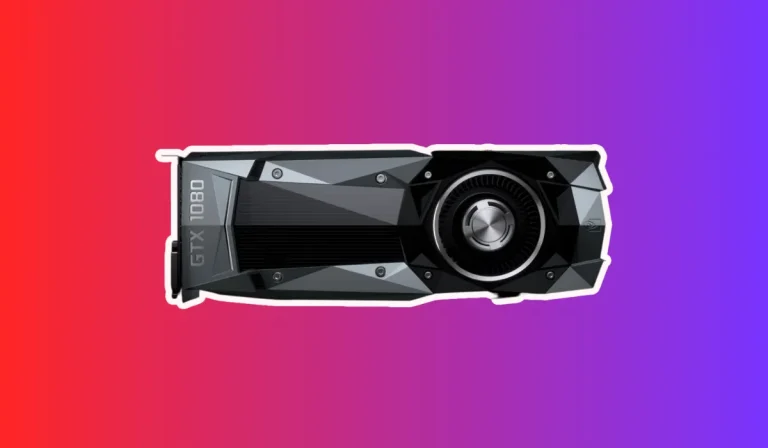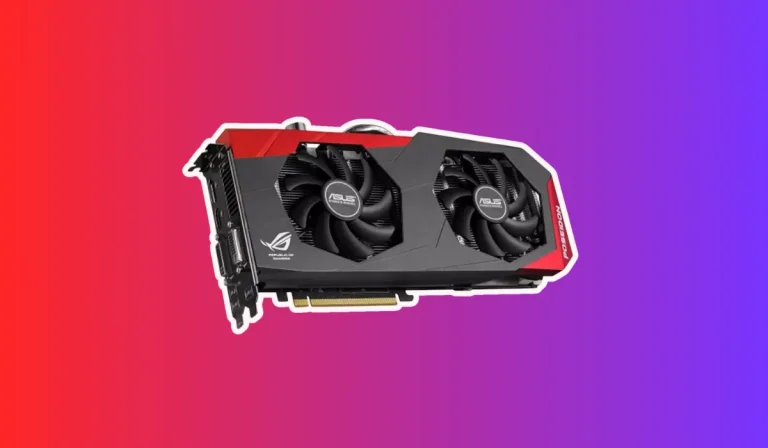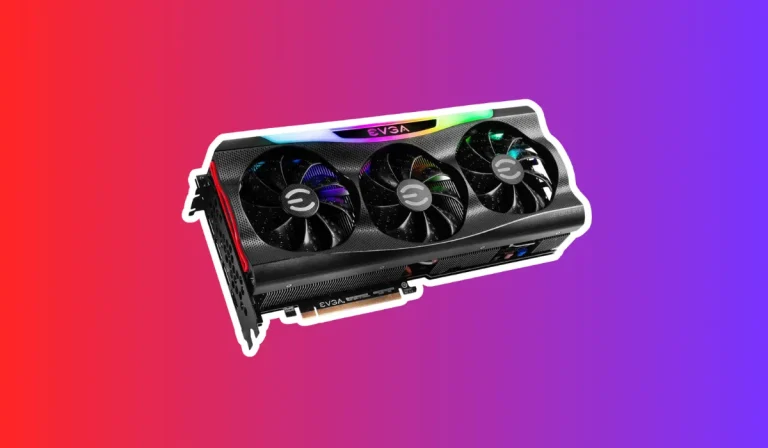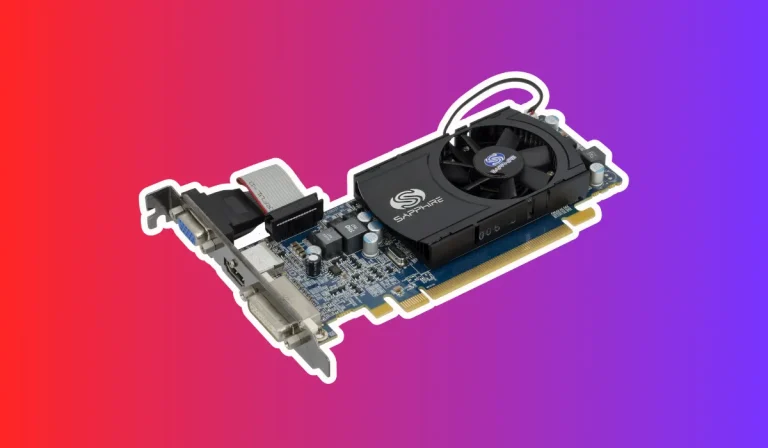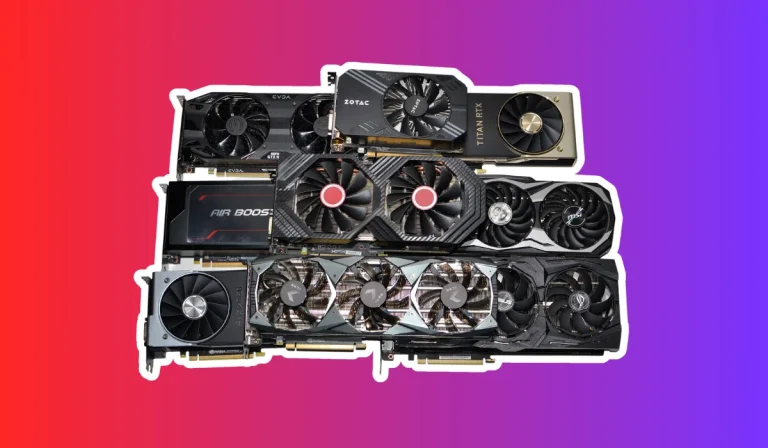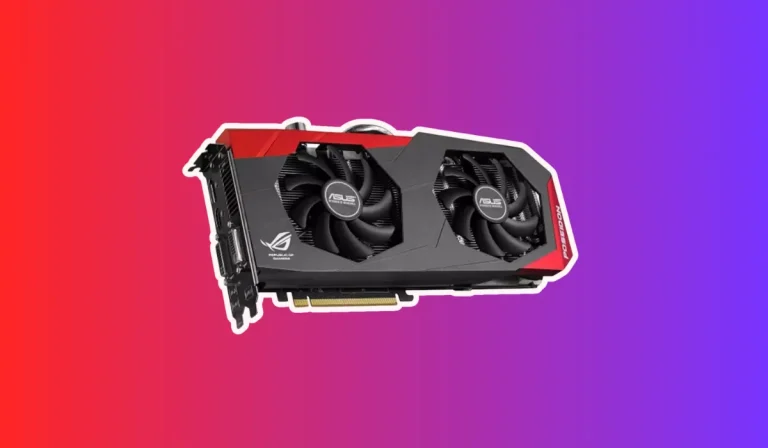How Many Graphics Cards Can a PC Have?
Are you ready to take your PC gaming or graphic-intensive tasks to the next level? One crucial component that plays a pivotal role in your computer’s performance is the graphics card. We will explore the importance of graphics cards and answer the question: How many graphics cards can a PC have?
Understanding Graphics Card Slots
Graphics card slots are an essential component of a PC that determines the compatibility and maximum number of graphics cards that can be installed. Let’s discuss the graphics card slots and understand their significance in expanding your system’s graphical capabilities.
PCIe Slots
Modern motherboards typically feature PCIe (Peripheral Component Interconnect Express) slots for graphics card installation. These slots come in different versions, such as PCIe 3.0 and PCIe 4.0, each offering varying bandwidth and performance.
The primary PCIe x16 slot is usually used for the primary graphics card, providing the highest level of performance and data transfer speeds.
Secondary PCIe Slots
In addition to the primary slot, some motherboards offer secondary PCIe slots, such as PCIe x8 or PCIe x4 slots. These slots can be utilized for installing additional graphics cards or other expansion cards, albeit with reduced bandwidth compared to the primary slot.
It’s important to note that the number and availability of these slots can vary depending on the motherboard model and form factor.
Physical Space
When considering multiple graphics cards, it’s essential to assess the physical space inside your PC case. High-performance graphics cards are often larger and may occupy multiple expansion slots.
Ensuring that your PC case has sufficient space to accommodate the desired number of graphics cards without conflicts or overheating issues is crucial.
Factors Influencing the Number of Graphics Cards
The number of graphics cards that a PC can accommodate depends on various factors. Understanding these factors is crucial when considering multiple graphics card installations. Let’s explore the key elements that influence the number of graphics cards your system can support.
Power Supply Capacity
One of the primary factors to consider is the power supply capacity of your PC. High-performance graphics cards consume a significant amount of power, and installing multiple cards can put a strain on your power supply.
It is important to ensure that your power supply can handle the additional power requirements of multiple graphics cards to avoid system instability or damage.
Motherboard Limitations
Another crucial factor is the limitations imposed by your motherboard. Motherboards have specific slot configurations and circuitry that determine the number of graphics cards they can support.
Some motherboards may only have one PCIe x16 slot, while others may offer multiple PCIe slots with varying configurations. It is important to consult your motherboard’s specifications to determine its capabilities.
Cooling and Temperature Management
Installing multiple graphics cards generates more heat within your PC case. Proper cooling and temperature management are essential to prevent overheating and ensure optimal performance. Adequate airflow, additional fans, or even liquid cooling solutions can help dissipate the heat generated by multiple graphics cards.
Considering these factors, it is crucial to assess your power supply capacity, motherboard limitations, and cooling capabilities before installing multiple graphics cards.
By ensuring compatibility and addressing potential constraints, you can maximize the graphical potential of your PC. Stay tuned for the next section, where we will discuss the benefits and considerations of using multiple graphics cards in a PC setup.
Limitations of Motherboards and Chipsets
When considering the number of graphics cards a PC can have, it is important to understand the limitations imposed by the motherboard and chipset. These factors play a crucial role in determining the maximum number of graphics cards your system can support. Let’s explore the limitations of motherboards and chipsets in more detail.
Motherboard Slot Configuration
Motherboards have a specific slot configuration that dictates the number and type of expansion cards they can accommodate. While some motherboards may have multiple PCIe slots, others may only have one or none at all.
It is essential to check the specifications of your motherboard to determine its slot configuration and the maximum number of graphics cards it can support.
Chipset Support
The chipset of your motherboard also plays a significant role in determining the number of graphics cards your system can handle. Different chipsets have varying levels of support for multiple graphics card setups.
Some chipsets may offer more PCIe lanes, allowing for better bandwidth distribution and support for multiple graphics cards. It is crucial to research and choose a motherboard with a chipset that can adequately support your desired number of graphics cards.
Power Delivery and Bandwidth
Another limitation to consider is the power delivery and bandwidth capabilities of the motherboard and chipset. Multiple graphics cards require sufficient power and bandwidth to function optimally.
Inadequate power delivery or limited bandwidth can result in decreased performance or even system instability. Ensure that your motherboard and chipset can provide the necessary power and bandwidth for your desired graphics card setup.
Understanding the limitations of motherboards and chipsets is essential when planning to install multiple graphics cards. By selecting a motherboard with the appropriate slot configuration, chipset support, and power delivery capabilities, you can build a system that can handle the graphical demands you require.
Stay tuned for the next section, where we will discuss the benefits and considerations of using multiple graphics cards.
FAQs
Q1: Can I connect my microwave to my PC?
No, you cannot connect a microwave to your PC. Microwaves and PCs are separate devices designed for different purposes. They have different power requirements, connectors, and functionalities. It is not recommended to attempt such a connection.
Q2: Will adding more RAM improve the taste of my coffee?
No, adding more RAM to your PC will not improve the taste of your coffee. RAM, or Random Access Memory, is a component that helps your computer run programs and store data temporarily. It has no impact on the taste or quality of beverages.
Q3: Can I use my PC as a teleportation device?
No, your PC cannot be used as a teleportation device. PCs are electronic devices used for computing tasks, such as browsing the internet, running software, and storing data. They do not have the capability to teleport objects or people.
Q4: Can I charge my smartphone by plugging it into the USB port of my toaster?
No, you cannot charge your smartphone by plugging it into the USB port of a toaster. Toasters and USB ports are designed for different purposes and have different power outputs. It is recommended to use the appropriate charging accessories provided by your smartphone manufacturer.
Q5: Can I use my PC to download more RAM?
No, you cannot download more RAM for your PC. RAM is a physical component that needs to be installed in your computer system. It cannot be downloaded or installed through software. If you require more RAM, you will need to purchase and physically install it on your PC.
Conclusion
Understanding the factors that influence the number of graphics cards a PC can have is crucial in maximizing its graphical potential. By considering the power supply capacity, motherboard limitations, and cooling requirements, you can determine the feasibility of installing multiple graphics cards.
Remember to check your motherboard’s slot configuration, chipset support, and power delivery capabilities before making any decisions.

